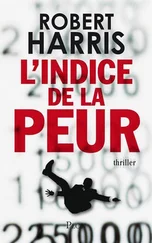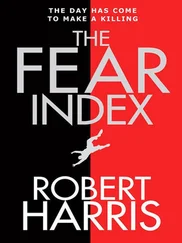Robert Harris - Selling Hitler
Здесь есть возможность читать онлайн «Robert Harris - Selling Hitler» весь текст электронной книги совершенно бесплатно (целиком полную версию без сокращений). В некоторых случаях можно слушать аудио, скачать через торрент в формате fb2 и присутствует краткое содержание. Город: London, Год выпуска: 2009, ISBN: 2009, Издательство: Arrow Books, Жанр: Публицистика, История, на английском языке. Описание произведения, (предисловие) а так же отзывы посетителей доступны на портале библиотеки ЛибКат.
- Название:Selling Hitler
- Автор:
- Издательство:Arrow Books
- Жанр:
- Год:2009
- Город:London
- ISBN:9781409021957
- Рейтинг книги:4 / 5. Голосов: 1
-
Избранное:Добавить в избранное
- Отзывы:
-
Ваша оценка:
- 80
- 1
- 2
- 3
- 4
- 5
Selling Hitler: краткое содержание, описание и аннотация
Предлагаем к чтению аннотацию, описание, краткое содержание или предисловие (зависит от того, что написал сам автор книги «Selling Hitler»). Если вы не нашли необходимую информацию о книге — напишите в комментариях, мы постараемся отыскать её.
APRIL 1983: In a bank vault in Switzerland, a German magazine offers to sell more than 50 volumes of Hitler’s secret diaries. The asking price is $4 million…
Written with the pace and verve of a thriller and hailed on publication as a classic,
tells the story of the biggest fraud in publishing history.
Selling Hitler — читать онлайн бесплатно полную книгу (весь текст) целиком
Ниже представлен текст книги, разбитый по страницам. Система сохранения места последней прочитанной страницы, позволяет с удобством читать онлайн бесплатно книгу «Selling Hitler», без необходимости каждый раз заново искать на чём Вы остановились. Поставьте закладку, и сможете в любой момент перейти на страницу, на которой закончили чтение.
Интервал:
Закладка:
Gradually, most of the main participants in the story left the magazine. Dr Jan Hensmann departed at the end of 1983 to become a visiting professor at the University of Munster. Wilfried Sorge resigned in the spring of 1984 to run a small publishing company. Thomas Walde left Hamburg to work in another outpost of the Bertelsmann empire. Leo Pesch went to Munich to work for Vogue . Manfred Fischer, who initiated the purchase of the diaries, is currently the chief executive of the Dornier aircraft corporation. Felix Schmidt is now editing the main West German television guide. Peter Koch, at the time of writing, has not re-entered full-time employment. Gerd Schulte-Hillen, however, is still the managing director of Gruner and Jahr: he must be a very good manager indeed.
In Britain, Frank Giles returned from his holiday to find himself the target of a vicious whispering campaign. In June 1983, ‘after discussions with Mr Rupert Murdoch’, it was announced that he was to retire prematurely as editor and assume the honorific title of editor emeritus. According to a story which did the rounds at the time, Giles asked what the title meant. ‘It’s Latin, Frank,’ Murdoch is said to have replied. ‘The “e” means you’re out, and the “meritus” means you deserve it.’
Newsweek , which ran the Hitler diaries on its front cover for three successive weeks, was widely criticized for its behaviour. ‘The impression created with the aid of provocative newspaper and television advertising’, said Robert J. McCloskey, the ombudsman of the Washington Post , ‘was that the entire story was authentic.’ The morality of selling Hitler ‘bothered us’, confessed Mrs Katherine Graham. William Broyles appeared to disagree: ‘We feel very, very good about how we handled this,’ he told the New York Times. Seven months later, he resigned as Newsweek ’s editor. Maynard Parker who had been expected to succeed him, was passed over. Insiders blamed the Hitler diaries. ‘That episode killed Parker,’ said one. ‘There were expressions of high-echelon support, but it was poor judgement and everyone knew it.’
In the aftermath of the Hitler diaries affair, David Irving’s American publishers tripled the print run of his edition of the Führer’s medical diaries. Excerpts were published in Murdoch’s New York Post and in the National Enquirer. But all publicity is not necessarily good publicity: not long afterwards Irving was arrested by the Austrian police in Vienna on suspicion of neo-Nazi activity and deported from the country; he is still banned from entry.
In 1985, Hugh Trevor-Roper published a collection of his work entitled Renaissance Essays. It was hailed by most critics as ‘brilliant’. The Hitler diaries, tactfully, were not mentioned.
Fritz Stiefel, Kujau’s best customer until Heidemann appeared, announced that he would not be suing the forger for damages. ‘I have one of the biggest collections of fakes in the world,’ he said, ‘and that, too, is worth something.’
Adolf Hitler as Painter and Draughtsman by Billy F. Price and August Priesack was banned in West Germany, but appeared in the United States at the end of 1984 as Adolf Hitler: The Unknown Artist. A large section of it was the work of Konrad Kujau, but it would have cost a fortune to rip out the fakes and reprint the book. The Kujaus therefore were left sprinkled amongst the Hitlers, and nobody, apparently, cared: ‘Even the suspect pictures’, claimed a limp note of explanation in the book’s introduction, ‘generally reflect Hitler’s known style.’ The remark echoes that made by Newsweek about the Hitler diaries: ‘Genuine or not, it almost doesn’t matter in the end’.
Perhaps it doesn’t. Certainly, the trade in Nazi relics has not been depressed by the revelations of wholesale forgery thrown up in the aftermath of the diaries affair. Shortly before Christmas 1983, Christies of New York auctioned seven pages of notes made by Hitler in 1930 for which the purchasers, Neville Rare Books, paid $22,000. In London, Phillips, Son & Neale, fine art auctioneers since 1796, held a sale entitled ‘Third Reich Memorabilia’ which netted over £100,000. Four small Hitler paintings, at least one of which had the look of a genuine Kujau about it, raised £11,500. Also up for sale were such curiosities as Reichsführer SS Heinrich Himmler’s vanity case, removed from his body after his suicide and described in the catalogue as ‘a small leather vanity wallet with fitted compartments containing comb, metal mirror, penknife by Chiral with gilt niello-work to sides, the wallet embossed in gold “RF-SS”’. Meanwhile, at the other end of the scale, operating from his garage in Maryland, Mr Charles Snyder continued to sell locks of Eva Braun’s hair, allegedly scraped from her comb by an American officer who looted her apartment in Munich.
Here, rather than in any grand conspiracy, lies the origin of the Hitler diaries affair. Why would anyone pay $3500 for a few strands of human hair of dubious authenticity? Because, presumably, he might have touched them, as he might have touched the odd scrap of paper, or painting, or piece of uniform – talismans which have been handed down and sold and hoarded, to be brought out and touched occasionally, as if the essence of the man somehow lived on in them. The Hitler diaries, shabby forgeries, composed for the most part of worthless banalities, were no different. ‘It was a very special thing to hold such a thing in your hand,’ said Manfred Fischer, trying to explain the fascination which he and his colleagues felt when the first volume arrived. ‘To think that this diary was written by him – and now I have it in my grasp….’ After millions of dollars, two years, and a great deal more stroking and sniffing in offices and bank vaults, the diaries appeared, and have now taken their place as one of the most extraordinary frauds in history – a phenomenon which Chaucer’s Pardoner, six centuries ago, with his pillow cases and pig’s bones, would have recognized at once.
Picture Section
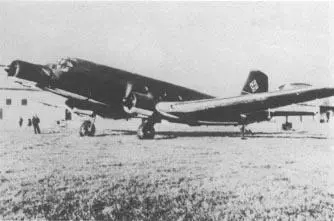
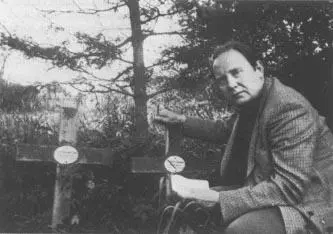
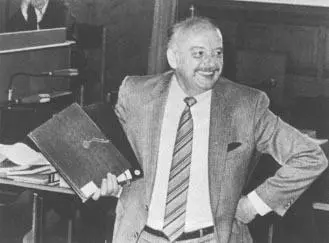

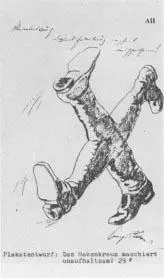
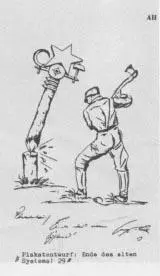
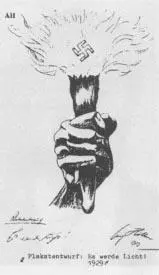
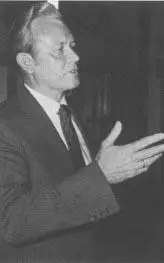

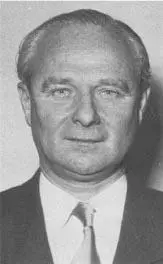
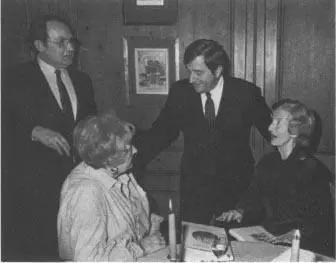
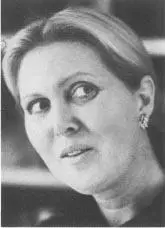
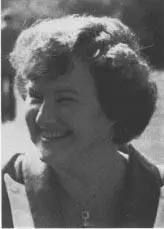
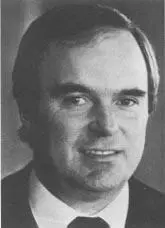
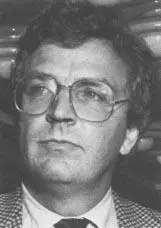
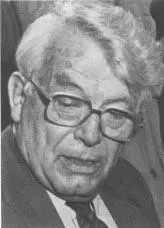
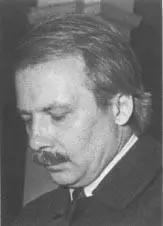
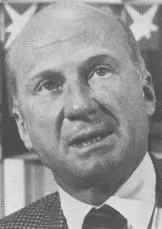
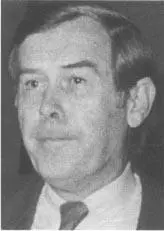
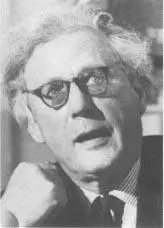
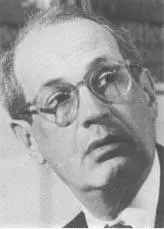
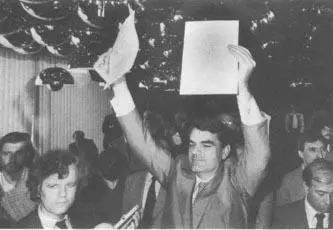

INDEX
Интервал:
Закладка:
Похожие книги на «Selling Hitler»
Представляем Вашему вниманию похожие книги на «Selling Hitler» списком для выбора. Мы отобрали схожую по названию и смыслу литературу в надежде предоставить читателям больше вариантов отыскать новые, интересные, ещё непрочитанные произведения.
Обсуждение, отзывы о книге «Selling Hitler» и просто собственные мнения читателей. Оставьте ваши комментарии, напишите, что Вы думаете о произведении, его смысле или главных героях. Укажите что конкретно понравилось, а что нет, и почему Вы так считаете.

